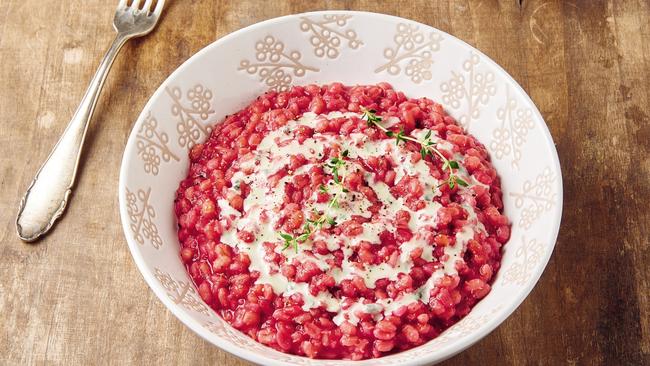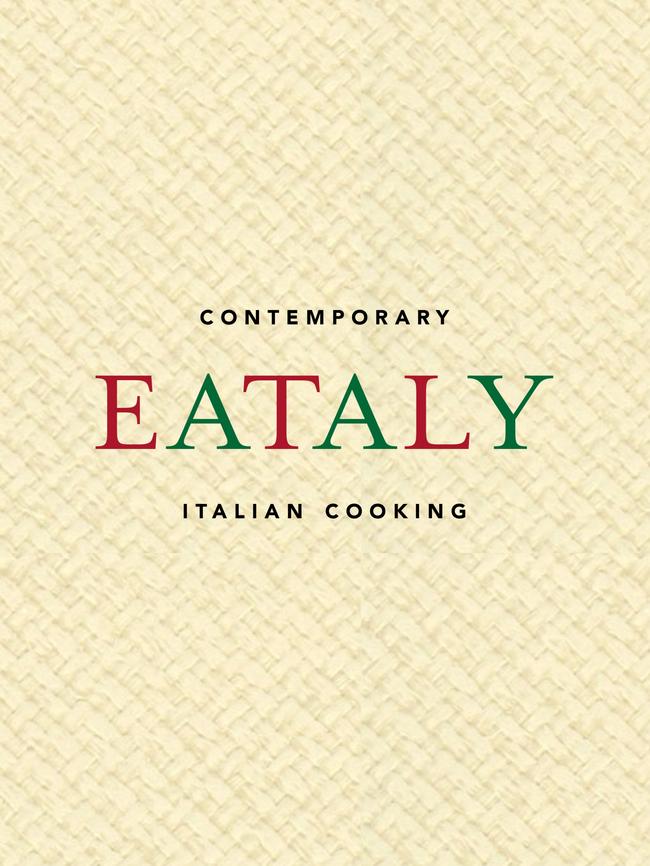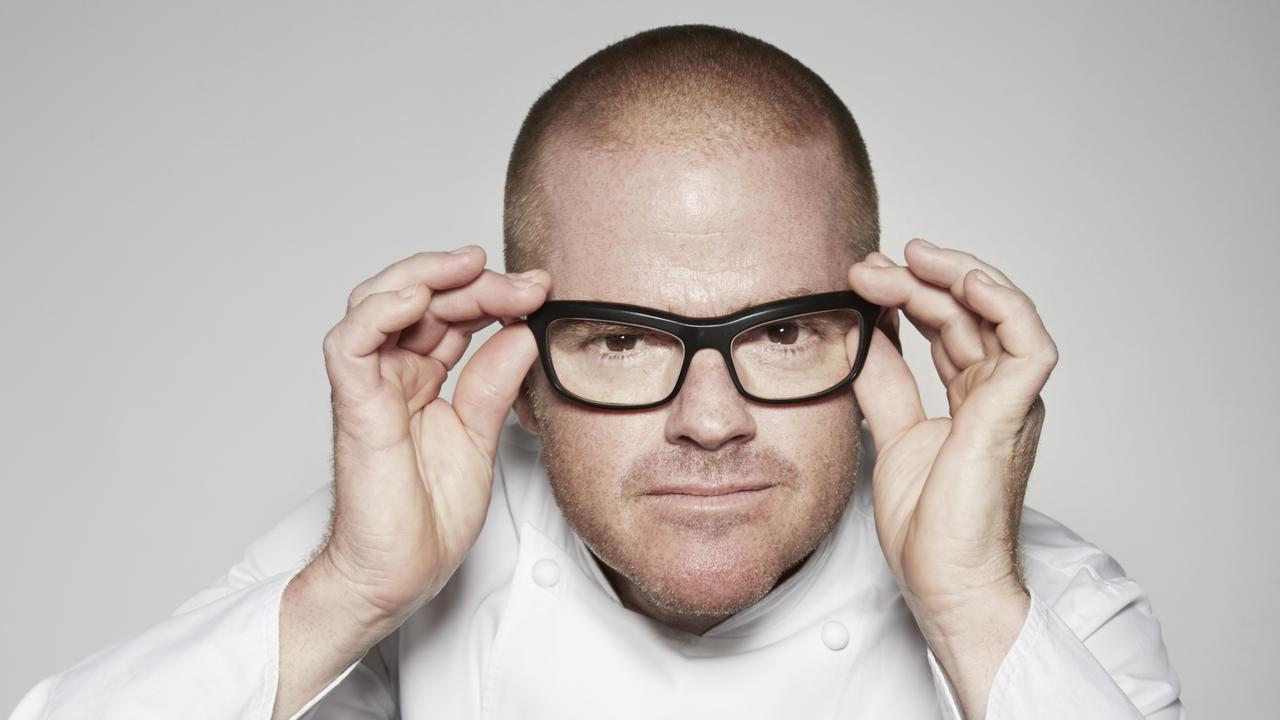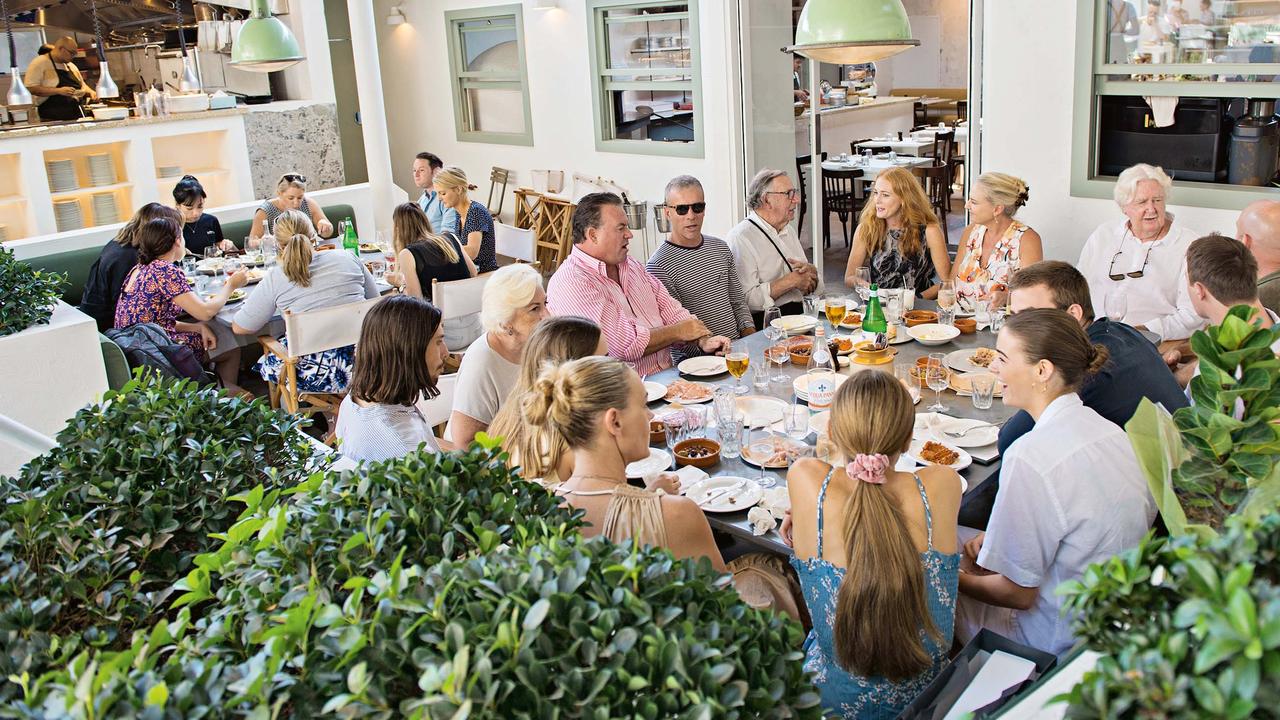Cookbook review - Eataly: Contemporary Italian Cooking
No celebrity factor, just great and simple recipes with an Italian flavour in an indispensable book.

It has no author’s byline. No all-important name on the cover. It has no endorsement from Anthony Bourdain either, and he sings a few songs of praise for just about any worthy food book that comes his way.
Frankly, it needs neither: it has the word Eataly on the cover, and for the millions of food lovers who have fallen under the Eataly spell, whether it be the original in Turin, or the second, in Manhattan’s Flatiron District, or indeed the 25 others throughout the world, that will be enough.
As a paid-up member of the club — I bought the T-shirt that says “e difficile essere semplici” (it’s difficult to be simple) and a packet of pasta — I can’t pretend to be immune to the mystique of the brand. In the US, of course, it helps that Eataly is so closely associated with “Molto” Mario Batali, the enigmatic chef, restaurateur, author, television presenter and food tycoon.
However, it’s not a Batali book. That would be a whole other revenue stream.

But If you like food, Italy and Italian food, Eataly in NYC is as much a must-visit as the Empire State Building. It’s hours, not minutes; it’s coffee, a long walk-around and then lunch. Maybe back for pizza later. It’s a food hall with an epic level of cred.
So do I need another Italian food book? Last count, I had 12 with the word Italy in the title, 23 with Italian, three with pasta and one each with the words Tuscan, Venice and Florence.
Well, Eataly, which presents as a publishing venture produced by the in-house editors at Phaidon, is branded as “contemporary Italian cooking”, which means as much about the way we eat today as it does cheffy contemporary recipes.
This is lighter, faster, whip-it-up-after-work food, mostly, and given the volume of material published on the subject the freshness of the recipes is quite an achievement. Turn to just about any page and inspiration waits. Octopus salad with potato and olive puree; fusilli pasta with summer vegetables, nduja and salted ricotta; plum tomato risotto with basil puree; chickpea soup with red mullet and rosemary oil; or millet gnocchi with arugula (rocket) pesto. You get the picture.
The flavours are familiar but the combinations less so.
So while predominantly a substantial collection of recipes, broken into categories such as fresh pasta, savory tarts and pies, grains, meat and so forth, the book is interspersed with brief essays of sage advice.
Which flours to use for bread, focaccia and pizza, for example; cooking methods for fish; how to store fresh pasta; even the correct etiquette of antipasto, in case you were wondering.
“Antipasto is like a handshake,” it says “through which you understand the personality of the meal you are about to enjoy.”
There’s also an excellent, illustrated glossary at the back with concise descriptions of everything from Castelmagno DOP (“cheese made with raw cow’s milk, with small amounts of sheep or goat milk. It has a soft paste and a delicate flavour”) to Senatore (“long-lasting bread from Abruzzi, made with the wheat variety known as Senatore Cappelli”).
And then, finally, there’s the wonderful lack of cheffy ego associated with so many food books these days.
What a relief to flick through the pages of Eataly and be spared the endless photographs of an author’s whitened teeth and “genuine” smile.
In the final analysis, Eataly: Contemporary Italian Cooking is a rare thing: a book I’d recommend heartily to someone who owns few food books and cares little for the silly, cheffy culture but wants to cook well at home with an Italian accent.
And a book most avid food book consumers will want to own, too, for the freshness of its food ideas and the guarantee of recipe reliability that comes from a publisher such as Phaidon. For Eataly founder Farinetti, that is almost certainly a win-win.
Eataly: Contemporary Italian Cooking ($59.95, Phaidon).


